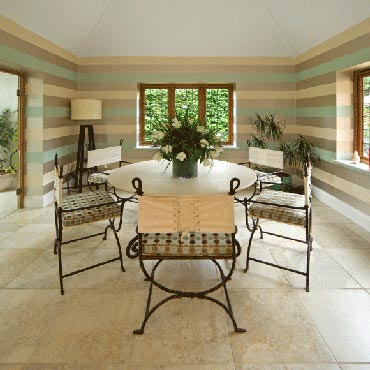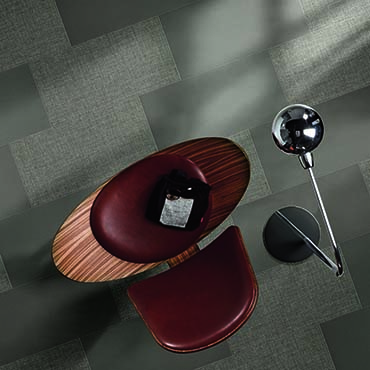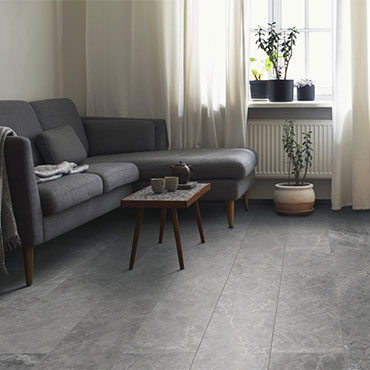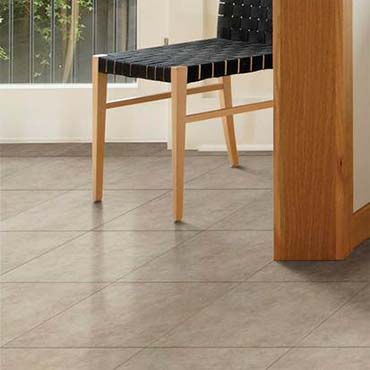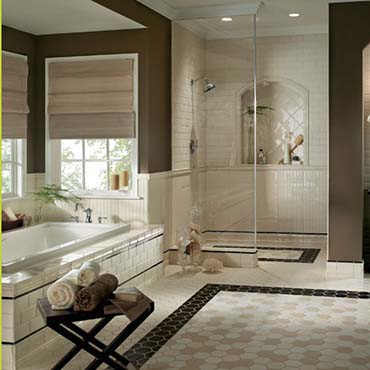Bathroom Tile

Bathroom Tile: Merging Elegance, Functionality, and Sustainability in Modern Design
Tiles have journeyed through centuries, evolving from mere functional elements in ancient civilizations to prominent features in today’s interior design. The bathroom, a sanctuary of cleanliness and relaxation, has become a canvas for these artistic pieces. This article delves into the world of bathroom tiles, highlighting their types, aesthetic appeal, functionality, and the growing emphasis on sustainable practices in their production and use.
Historical Context and Evolution
Bathroom tiles date back to ancient times, originally serving functional purposes like water resistance. Over time, they evolved into decorative elements, with the Romans and Greeks using mosaics to display artistic prowess. Today, they are pivotal in home decoration, blending functionality with aesthetic appeal.
Types and Features
Tiles come in various materials, including ceramic, porcelain, glass, and
natural stone, each with unique characteristics. Ceramic tiles are known for their versatility and cost-effectiveness, while porcelain tiles offer superior water resistance and durability. Glass tiles add a modern, sleek look, and natural stone tiles bring an earthy, organic feel to spaces. Finishes range from glossy to matte, and sizes and shapes vary immensely, offering endless design possibilities.
Design Flexibility
Tiles offer unparalleled design flexibility. For traditional designs, classic patterns and neutral tones create a timeless look. Contemporary spaces might feature bold colors, large-format tiles, or minimalistic designs. Mosaic tiles can introduce texture and color, adding personality to any bathroom. Intricate patterns, like herringbone or chevron, can transform a space, making it visually captivating.
Practical Advantages
One of the main reasons for the popularity of bathroom tiles is their practicality. They are durable, capable of withstanding heavy foot traffic and moisture, which makes them ideal for
bathrooms. Their water-resistant nature is crucial in wet environments. Additionally, tiles are relatively easy to clean and maintain, adding to their appeal in high-use areas.
Installation Tips
Proper installation is key to maximizing the aesthetic and functional benefits of bathroom tiles. This process includes proper substrate preparation, thoughtful layout planning, and precise execution. Hiring a professional installer ensures longevity and helps avoid common pitfalls like uneven application or improper sealing.
Sustainability
The eco-friendly nature of bathroom tiles is increasingly important. Many are made from natural, recyclable materials. Additionally, their long lifespan and energy-efficient manufacturing processes make them a sustainable choice for environmentally conscious designers.
Current Trends
Modern bathroom tile trends include digital printing technologies that offer limitless design options, 3D textures that add depth and interest, and innovative sizes and shapes that challenge traditional norms. These trends allow designers to create unique, personalized spaces.
Real-World Applications
A notable example is a bathroom renovation in a mid-century modern home where traditional hexagonal tiles were used to pay homage to the home’s historical roots while incorporating contemporary colors for a fresh look. Another instance is a luxury spa bathroom where large-format porcelain tiles created a seamless, expansive feel, complemented by mosaic accent
walls that added texture and depth.
Conclusion
Bathroom tiles are more than just functional elements; they are essential components in interior design and space planning. Their versatility in design, durability, and sustainability make them an ideal choice for any bathroom. Whether aiming for a traditional, contemporary, or completely unique look, bathroom tiles offer the perfect blend of aesthetics and practicality. As we continue to innovate in tile design and production, their role in creating beautiful, functional, and sustainable spaces is only set to grow.
Disclaimer: The information provided in this article is for general informational purposes only. While we strive to ensure the accuracy and reliability of the information presented, we make no warranties, express or implied, about the completeness, accuracy, reliability, suitability, or availability with respect to the content. Any reliance you place on such information is strictly at your own risk. We recommend consulting with professionals for specific advice tailored to your project’s needs, particularly regarding building codes, regulations, and product specifications.
Under no circumstances shall we be liable for any loss or damage, including without limitation, indirect or consequential loss or damage, arising from the use of, or reliance on, the information provided in this article.



